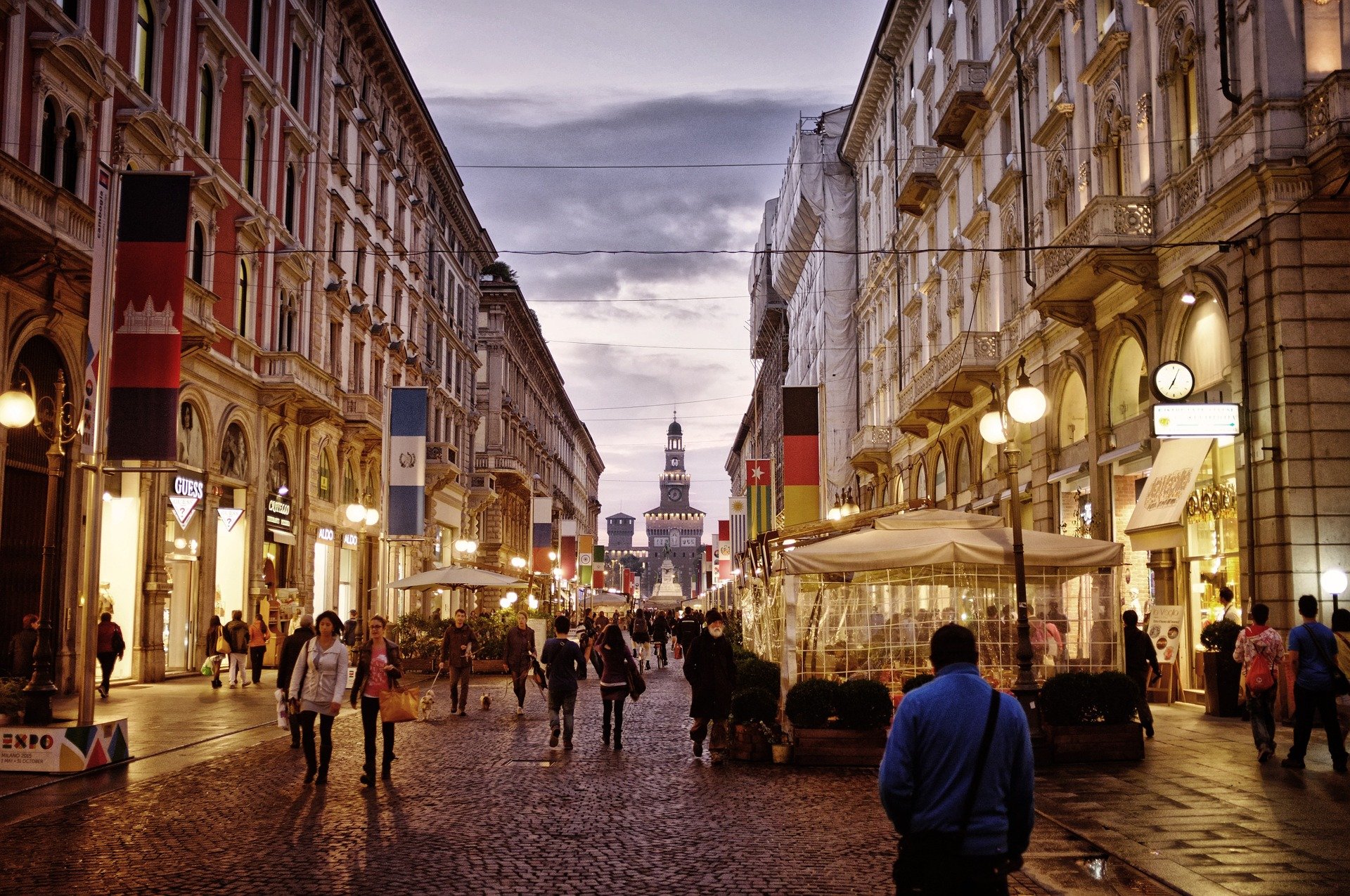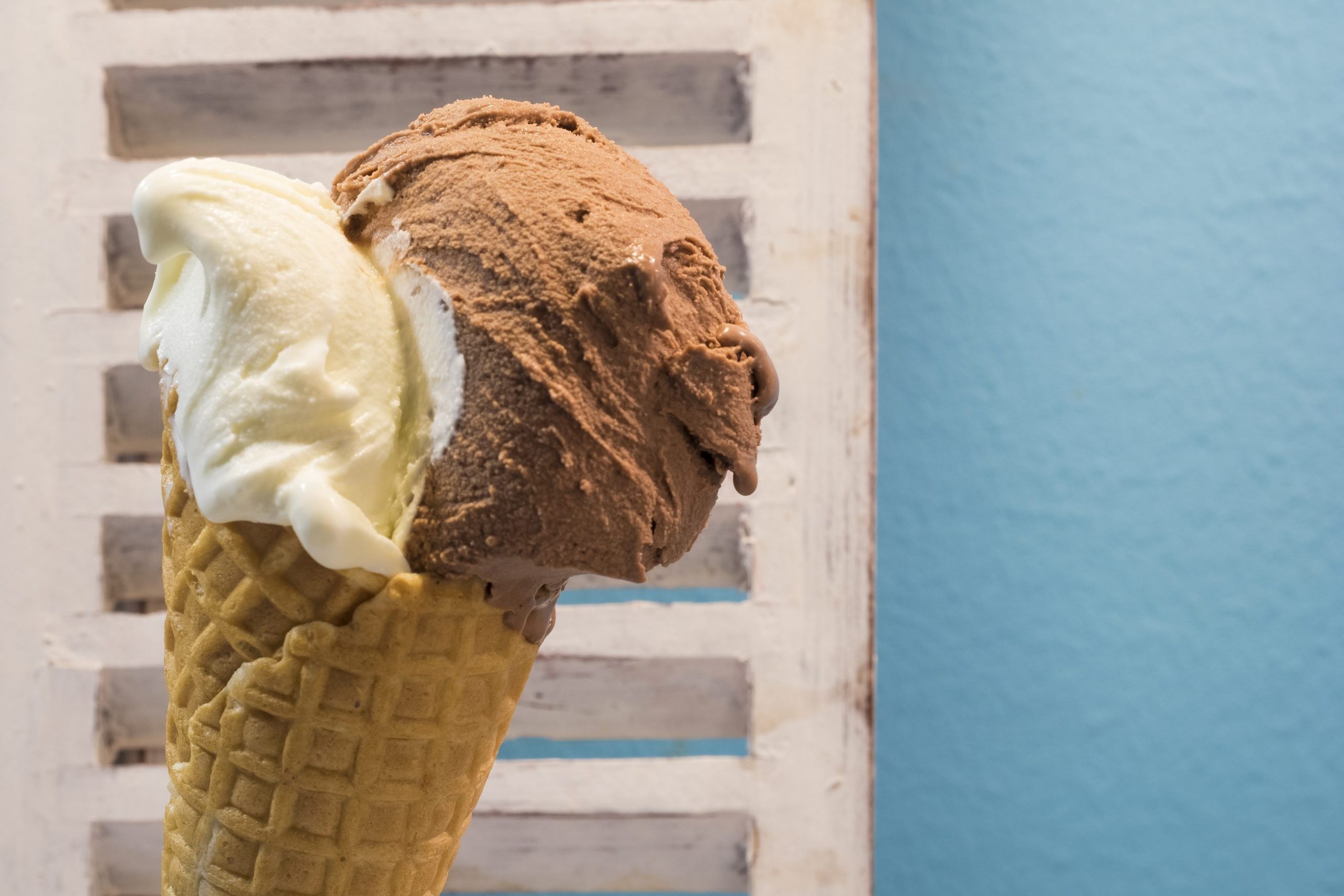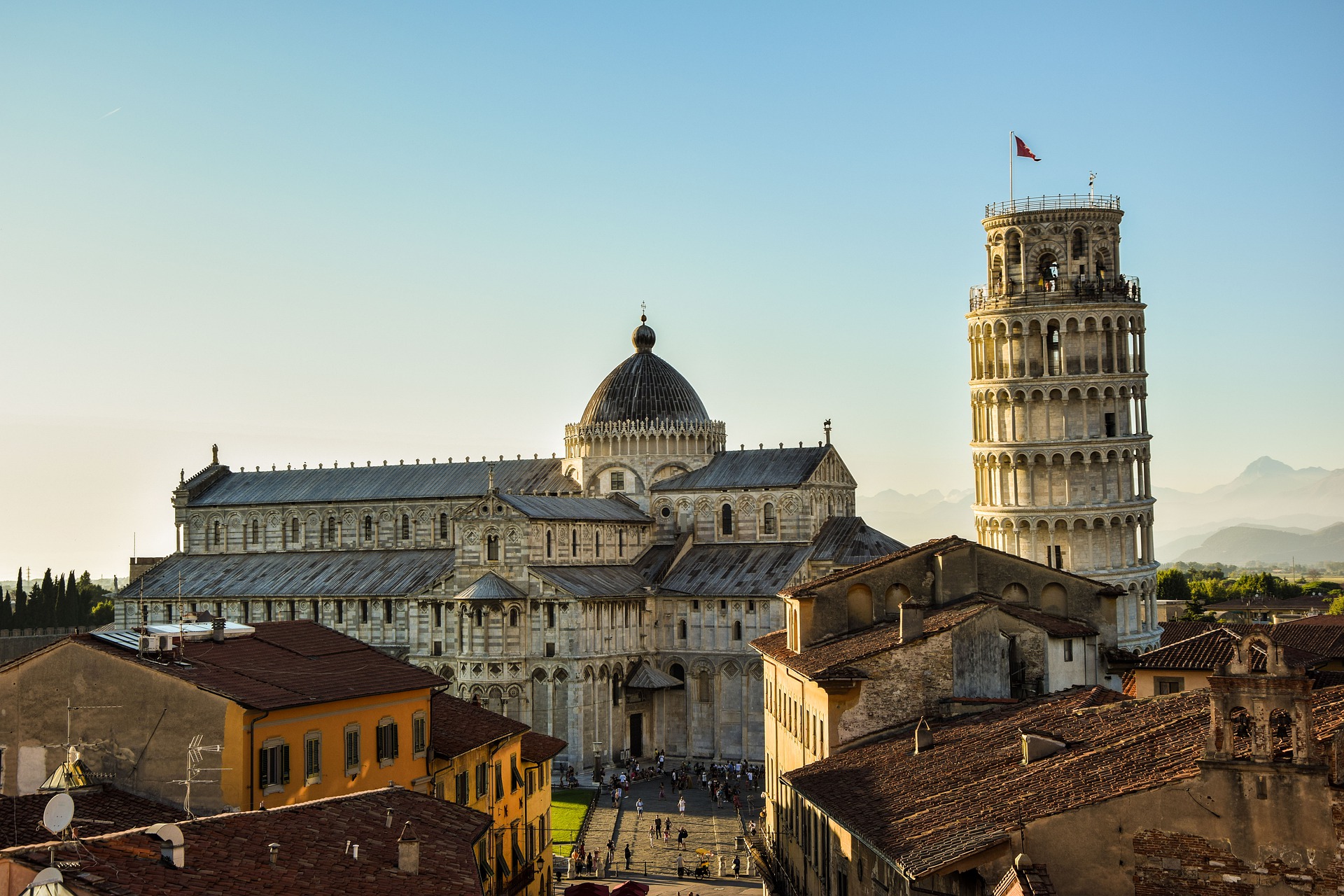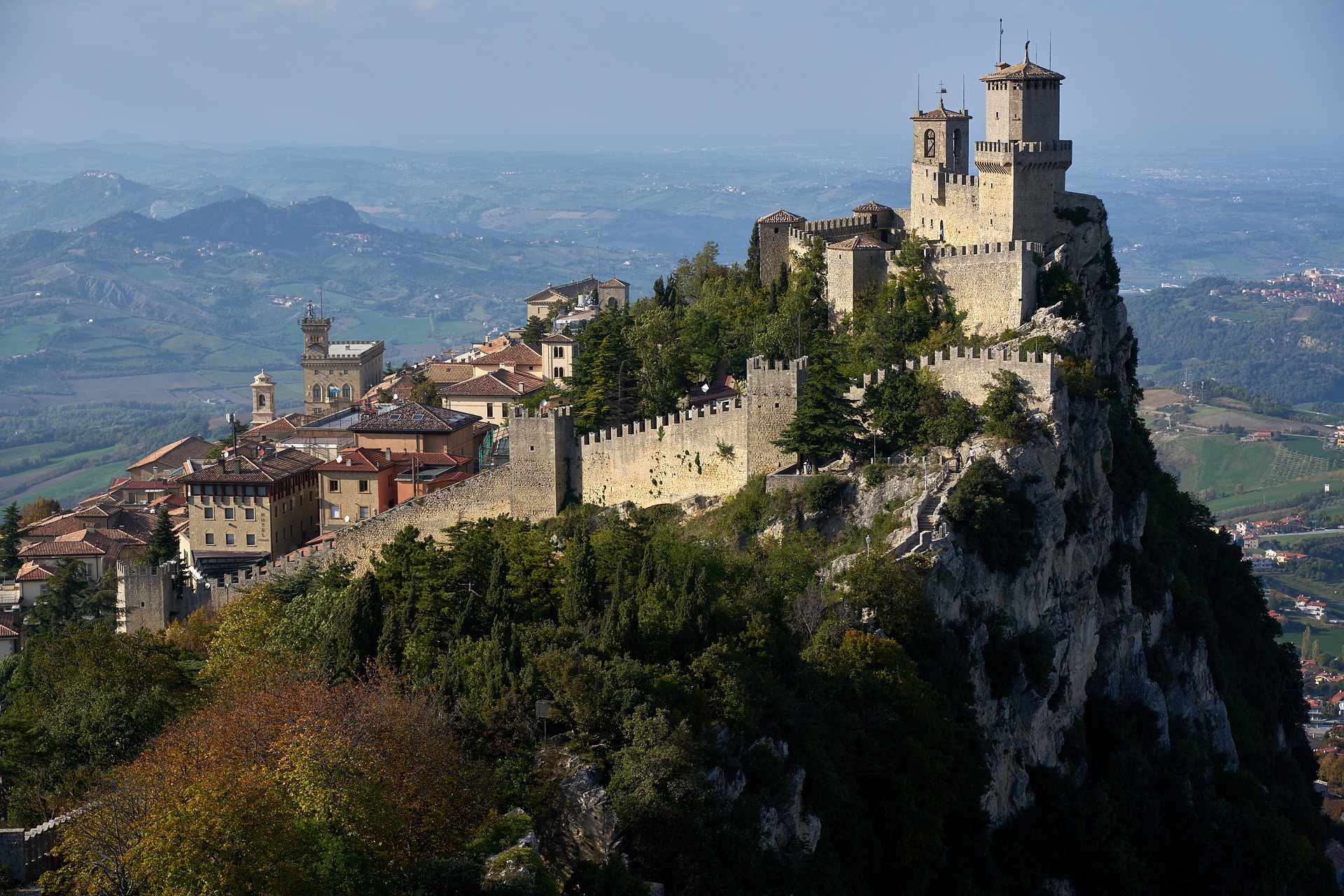Milan is all about food this year with the World Expo taking place from May 1 – October 31, 2015. Its theme is “Feeding the planet, Energy for Life” and Italy’s most international city is making the most of it! Milan might not be the first place you think of when you think of Italian food – Naples and its famous pizza may come to mind first, or Rome and its many internationally-known pastas like carbonara, cacio e pepe and amatriciana, or perhaps Bologna, known as “the capital of Italian food” with its traditional bolognese, lasagna or tortellini. But even though Milan is sometimes outshone by its sister cities, it boasts its own unique Italian dishes, influenced by its long standing as an international hub.
For centuries Milan traded hands, its position on the very northern tip of Italy making it strategically significant and desirable. The French, the Spanish and the Austrians have all controlled Milan at some point in history. “Each emperor has left some of his or her traditional products, dishes or traditions related to food,” Inge from Food In the Streets, who created “The Old Milan Food Tour” for the urban-food-centered organization Farming the City, told me last week. “A costoletta, a piece of veal meat with its bone still on it and covered with bread crumbs, probably was inspired by the Austrians that ruled Milan in the 10th century. Another famous product that has its roots abroad is the michetta, a crispy bread bun. When the Austrian ruled they tried to make their kaisersemmel. However, the humid weather in Milan made it difficult to get the same type of bite and so the michetta was born.” And what about one of Milan’s most famous dishes, riso allo zafferano, “saffron risotto”? “If you really want to go back,” Inge says, “riso allo zafferano comes from abroad, as rice originally comes from Asia and came to Milan only in the 15th century, as goes for saffron that originally comes from the Himalayas.”
In 2008 Inge had begun a blog called “Food In the Streets” to explore the relationship between food and location and its impact on our daily lives. After moving from her native Netherlands to Milan three years ago, Farming the City asked her to create “The Old Milan Food Tour” to bring Milan’s political, economic and social history to life through stories, images, delicious smells and tasting experiences. Since 2010, Farming the City has made it its mission to develop local food initiatives that improve community cohesion as it relates to food production in urban environments.
Milan’s culinary scene is “more international and experimental” than the cuisine in other parts of Italy, according to Inge. “The traditional cuisine is actually much less visible in the streets than the ‘imported’ cuisine.” There are a wealth of ethnic restaurants in Milan, now, from Asian (Chinese, Japanese, Fusion) to north African (kebab) to Greek and the all-American hamburger. Even panzerotti, the small fried pockets of dough found throughout the city (Luini Panzerotti is practically an institution in Milan!), are originally from Puglia, brought north when families came to the area looking for work.
It’s the waterways that historically crisscrossed the area around Milan that have made it such a desirable location for trade and agriculture. “[Water] was the reason that the city was founded where it is now,” says Inge. “It was the reason that it was able to grow, it helped to realize the Duomo, irrigate the fields in and around the city [and] allowed for commerce.” At the end of the 19th century, however, with the growth of heavy industry, a lot of the waterways were destroyed with the development of the land around Milan. As Inge talks about during the Old Milan Food Tour, though, about 25 years ago the farmers who work in the southern part of the city united to found the Parco Agricolo Sud, an agricultural area protected from building and development. It is partially thanks to this protected area that Milan has been able to sustain many of their local products.
Farmers from the Parco Agricolo Sud are able to come into the city and sell their wares directly to consumers at the many markets that are held every day of the week. “As a food lover who visits Milan,” Inge instructed me, “you have to go and see a market.” One of her favorites is the Mercato della Terra that takes place twice a month in front of a former steam factory. Elisa, the daughter of the farmer at Cascina Zipo, a producer from the Parco Agricolo Sud, is usually there selling raw milk yogurt and cheese they make from their 70 cows and is always happy to chat about their farm and products. “What many people do not know,” Inge explains, “is that Milan is an enormous milk producer.” In the 17th century, she told me, Milan was even given the name Paneropolò, or “milk city”, and milk products were used in almost everything its citizens ate or drank. “The Milanese didn’t, for example, use olive oil in their kitchens but butter.” No olive oil?! That’s hard to imagine!
If you’re looking for a traditional Milanese dish while in the area, you need look no further than riso allo zafferano, which is on the menu of dozens of eateries throughout the city. Inge advises to only order it, though, when the restaurant makes you order it for a minimum of two people – that way you know it will be fresh! “It would be great if the menu also tells you that the risotto really comes from the fields around Milan (or Vercelli and Novara),” she says. “It would be a shame if it is produced far away from where you eat it!” Another dish with its roots in Milan that is still appreciated in the city today is the cassouela, a dish made with the “poor” parts of the pig, potatoes and cabbage. The most famous Milanese food, though, has to be panettone, a sweet bread found on every Italian table around Christmas (and in many other parts of the world, as well!). Inge told me that legend says it was invented in the 17th century thanks to a baker of the Milanese court.
There’s more to Milan’s food scene that meets the eye, both historically and today. Inge tries to help visitors to the city understand the intricacies of Milan’s food culture during The Old Milan Food Tour, but she has more advice for those wanting to appreciate what Milan has to offer, too: “Stroll around and let yourself be surprised! Then be courageous and enter a shop that attracts you, especially when it is already full of Italians!” Because everyone knows, if Italians like it, it must be good!
Jessica is a travel enthusiast and entertainment executive living in Los Angeles. Her independent travels through Italy have inspired her travel blog, OneDayInItaly.com































